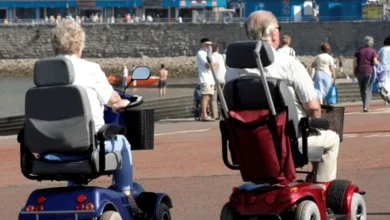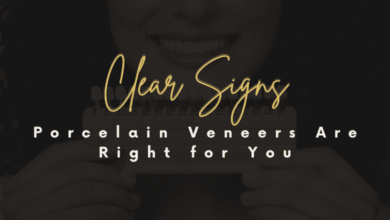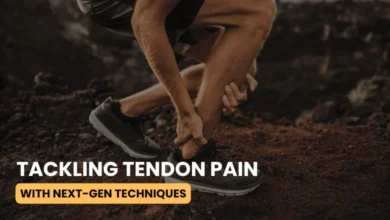How to Promote Good Health and Safety in the Workplace
Health and safety is something that every company structure and business owner needs to understand and implement, no matter what kind of business they operate. It’s not just something that has to be thought about on a construction site or if a particularly dangerous job needs to be done – every employee has the right to go to a safe place of work and to be able to do whatever it is they need to do without any risk coming to them. If there is a risk of harm, that problem needs to be removed or reduced as much as possible.
With this in mind, it’s important that not only employers but also employees are aware of the health and safety implications of their workplace. Everyone needs to play their part to ensure it’s a safe place to be. Here are some of the best ways to promote health and safety in the workplace to ensure all runs smoothly.
Understand it Yourself
As with anything in life, there is no way you can let others know why health and safety are important and what they need to do to ensure that they are working in the right way unless you understand the topic yourself. Undertaking an IOSH qualification will give you a deeper understanding of health and safety, and it will mean you are better qualified to carry out the requisite risk assessments and put measures in place to keep everyone safe.
Once you have all the information you need, you can make any necessary changes to your workplace, make sure your employees have everything they need in terms of health and safety, and implement new rules – and explain why those rules are important. If you can do this, it is much more likely that the rules will be followed.
Have a Good Training Program
Once you are qualified or have learned about health and safety, you can create a written policy that all new starters will need to read and sign. However, it’s also a good idea to ensure that your current staff, even those who have been with you for some time, are also up to date on what is happening and what the rules in the workplace are. After all, practices can easily change.
This is why periodic training on health and safety issues in general, specifically those related to where you are working, is crucial. If you can arrange training, your team will have a deeper knowledge of what is expected of them, and they will also feel that you are taking care of them. This will spur them on to more productivity, and they will feel a greater sense of job satisfaction, so it makes sense in many different ways.
Lead From the Top Down
One of the best ways you can promote a good health and safety culture within your business is to lead from the top down. In other words, if you do what you want your team to do, they will see this, and they will do it too. If, however, you go against your own health and safety policy, this will also be seen, and your staff will wonder why they have to follow the rules if you don’t. If they stop doing what they are meant to do, you will have trouble setting things right again – they have seen you go against the rules, after all – and this could cause accidents and injuries too.






